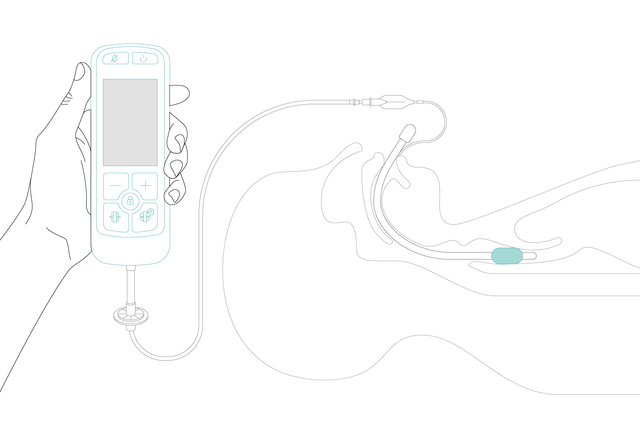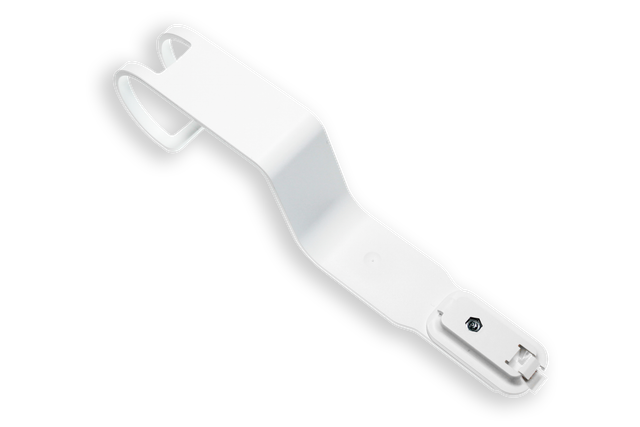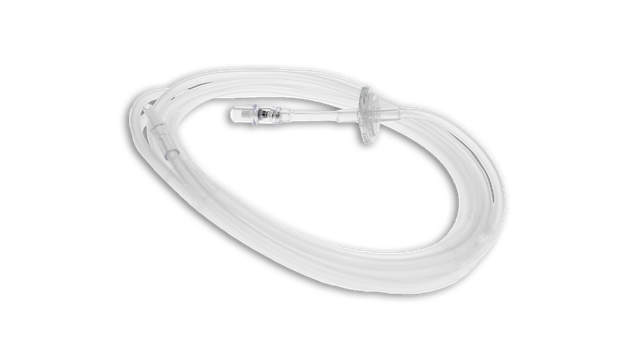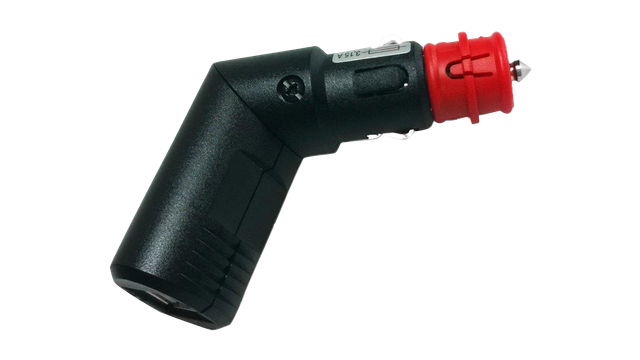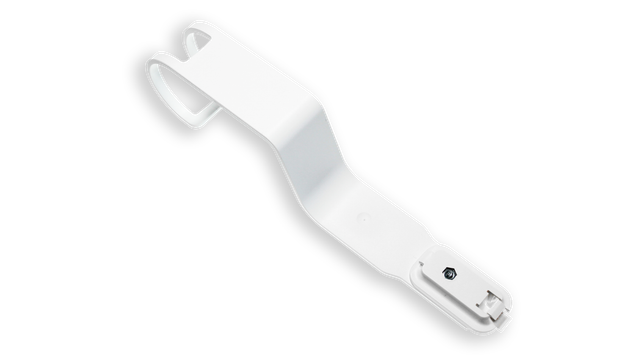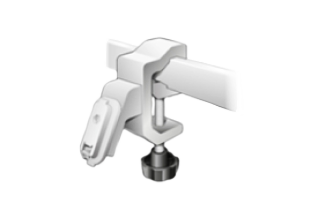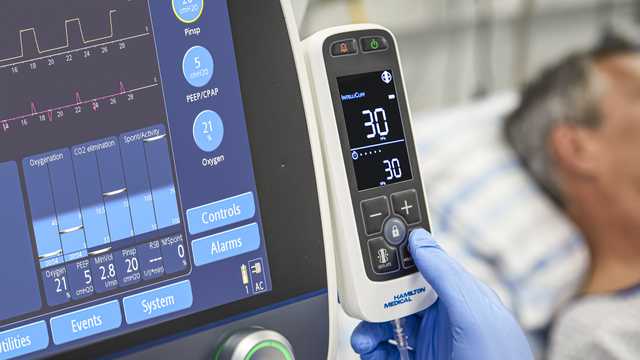
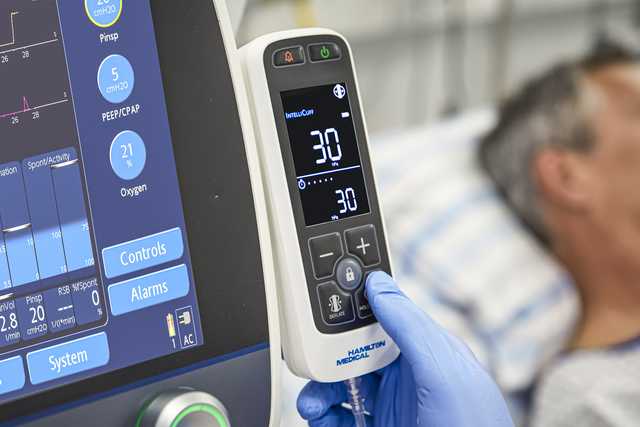
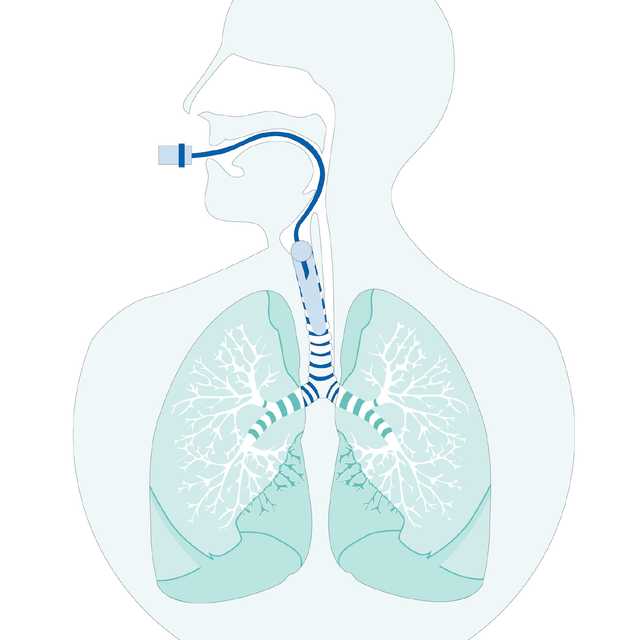
Оптимальное давление в манжете и повышение уровня безопасности пациентов
Постоянная оптимизация и контроль давления в манжете позволяют поддерживать вентиляцию легких на должном уровне и защищать пациентов от нозокомиальной пневмонии, связанной с ИВЛ, и травм трахеи (
Устройство IntelliCuff выполняет за вас большую часть этой работы. Просто установите необходимое давление в манжете, и устройство IntelliCuff будет поддерживать его автоматически. Устройство поддерживает широкий диапазон безопасных значений давления, требуемых для различных эндотрахеальных трубок с манжетами.
Устройство IntelliCuff постоянно контролирует и поддерживает оптимальное давление в манжете для большей безопасности пациентов. Его можно использовать как при перевозке пациентов авиатранспортом, когда атмосферное давление часто изменяется, так и в операционных для анестезирования с помощью N2O или проведения операций. Даже в некоторых самых критических ситуациях (
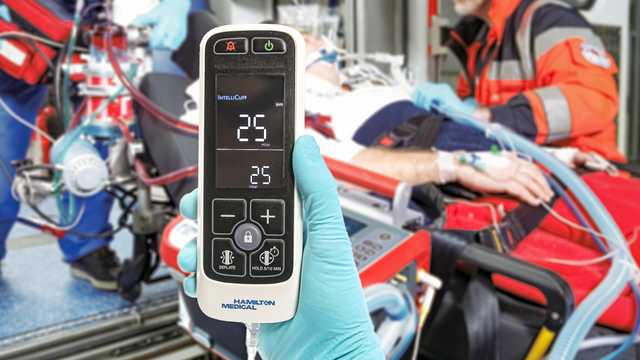
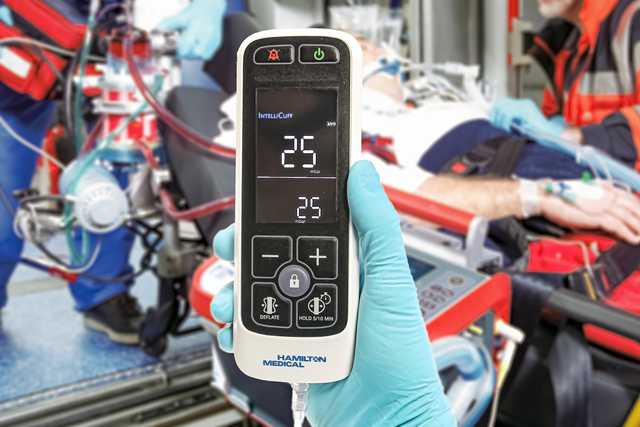
Везде с вами! Компактность и мобильность в любой ситуации
Подходит для взрослых, педиатрических пациентов и младенцев. Устройство IntelliCuff обеспечивает контроль уровня кислорода в дыхательных путях независимо от места использования: в отделении интенсивной терапии, в операционной или при транспортировке. Его можно использовать для оказания неотложной помощи на земле или в воздухе ‑ даже на большой высоте.

Отзывы клиентов
Мы используем IntelliCuff в качестве стандартного устройства для предотвращения нозокомиальной пневмонии, связанной с искусственной вентиляцией легких. IntelliCuff непрерывно автоматически контролирует давление в манжете. Это очень упрощает нам уход за больными, ведь теперь давление не приходится проверять вручную каждый час.
Сандра Рупп
Старшая медсестра реанимационного отделения,
больница кантона Гризон, г. Кур, Швейцария
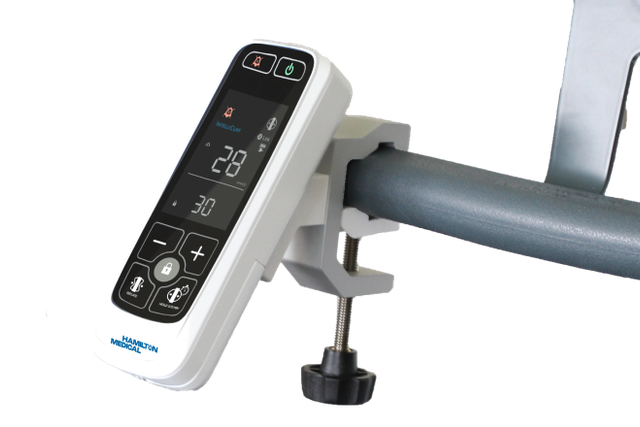
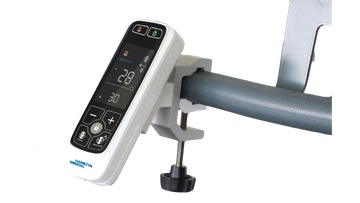
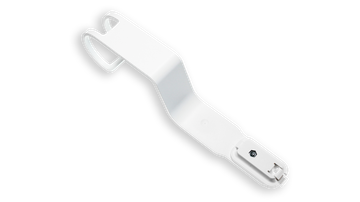
Крепление одним щелчком. Множество вариантов креплений
Благодаря наличию разных вариантов крепления устройство IntelliCuff можно установить в любом месте. Всего одним щелчком.


Просто, как поиграть с друзьями. Совместимость с аппаратом ИВЛ
Автономное устройство IntelliCuff полностью совместимо с аппаратами ИВЛ Hamilton Medical.
